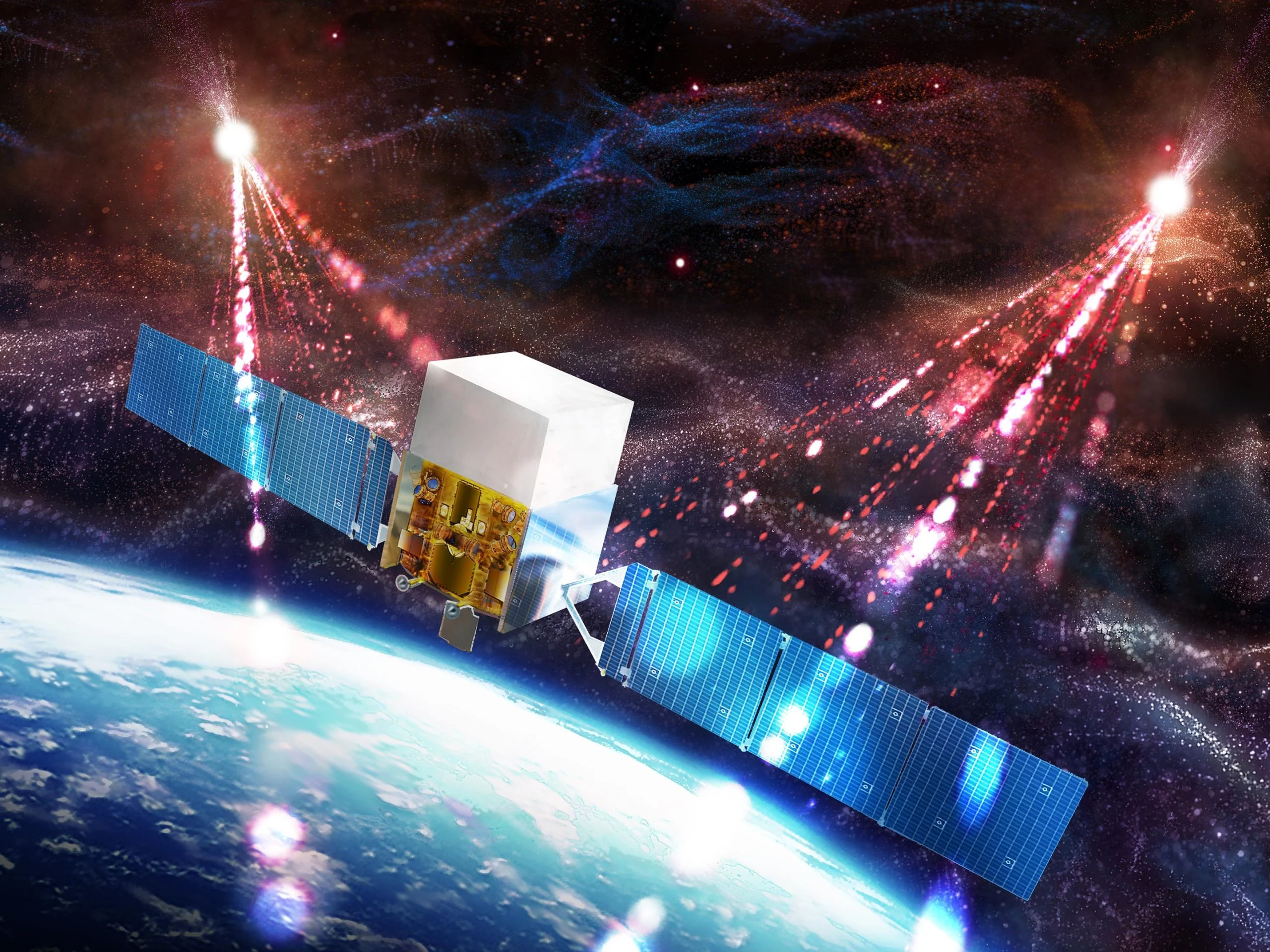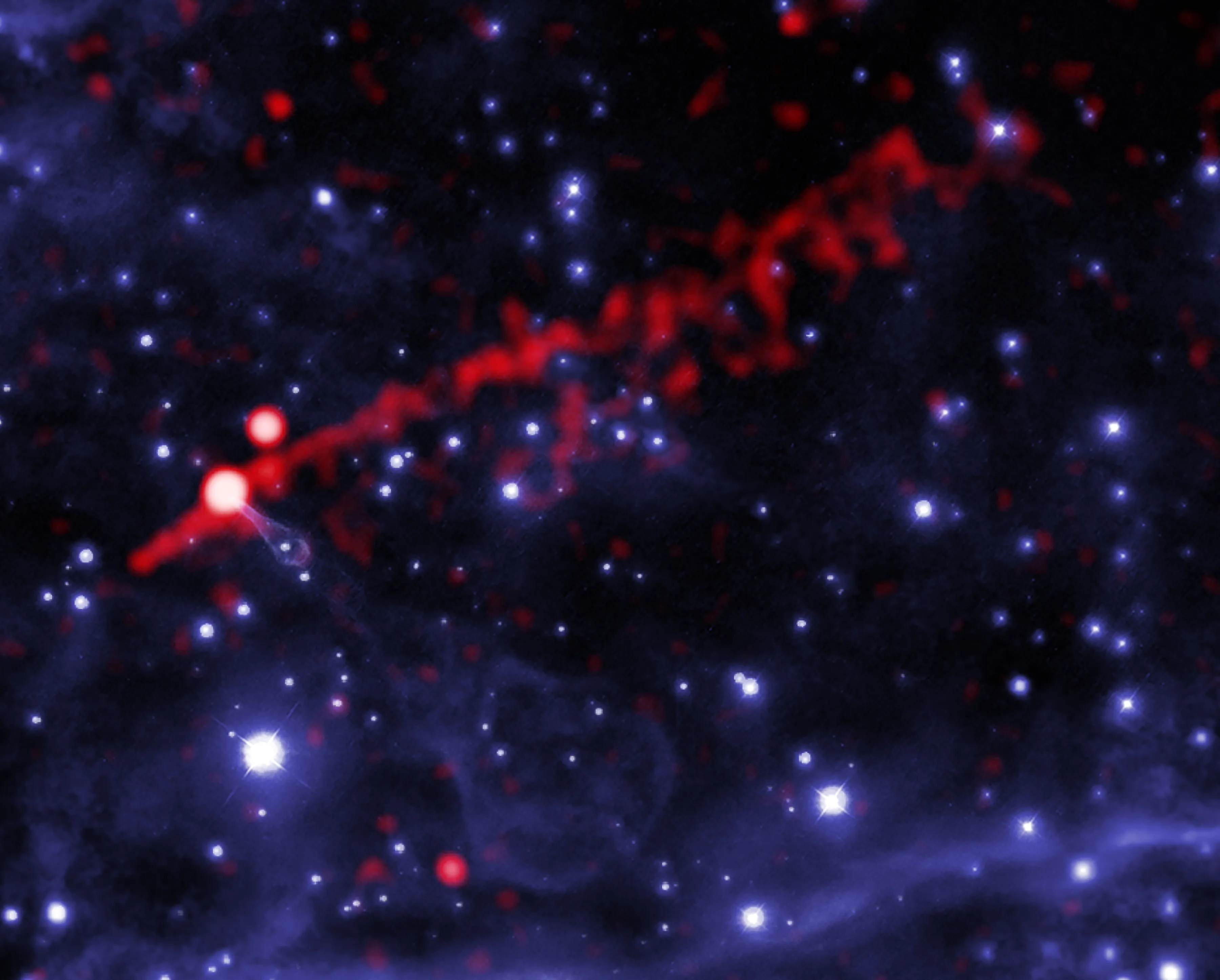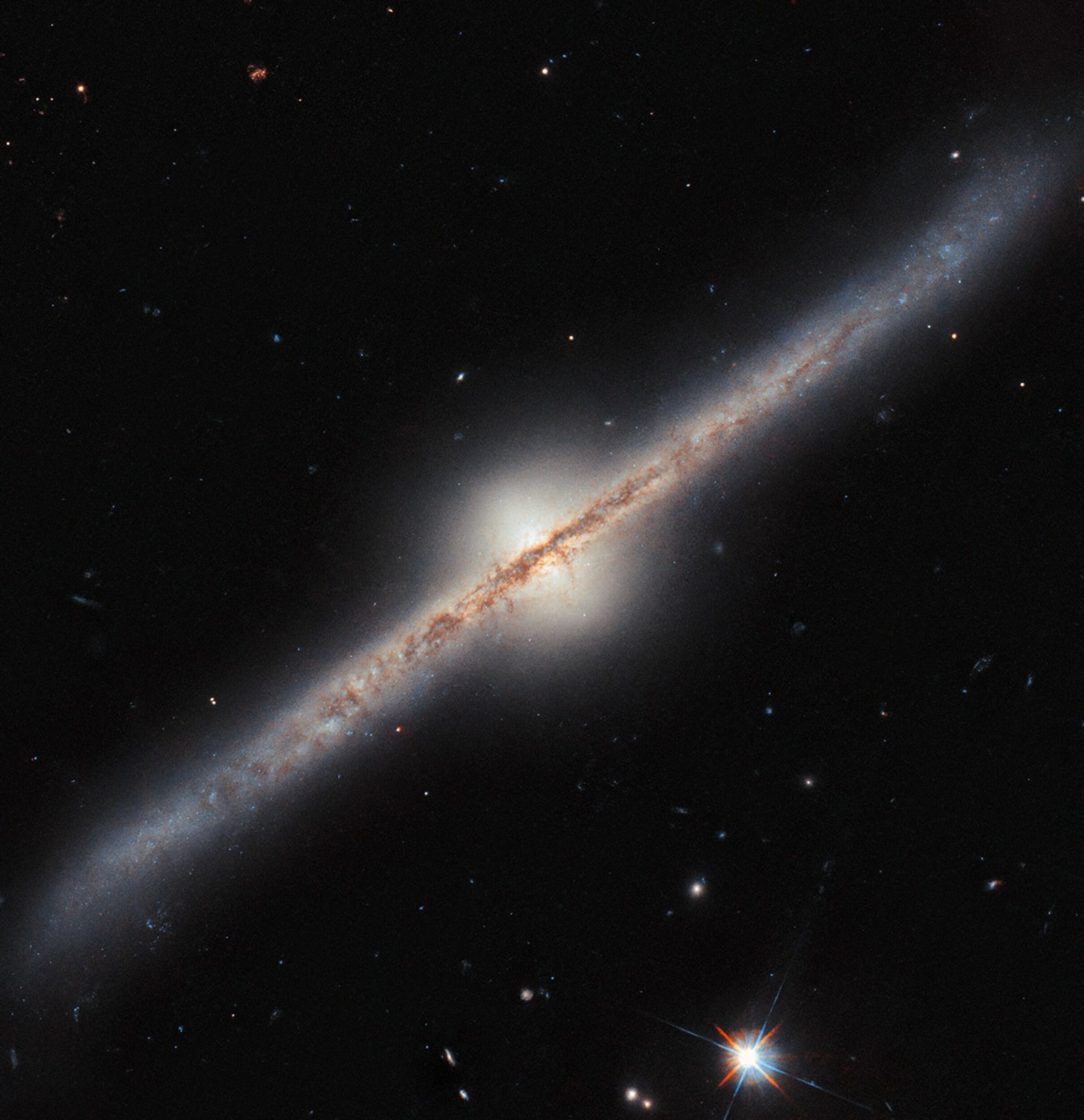Introduction
Cosmologists have examined 13 years of information from NASA's Fermi Gamma-beam Space Telescope to uncover an unexpected gamma-beam include beyond our universe. The gamma-beam signal found by the group is in a comparative course and has an almost indistinguishable size as one more unexplained element that is delivered by probably the most enthusiastic vast particles at any point distinguished. Alexander Kashlinsky, a cosmologist at the College of Maryland and NASA's Goddard Space Flight Center in Greenbelt, said: "It is a totally fortunate disclosure. "We viewed as a lot more grounded signal, and in an alternate piece of the sky, than the one we were searching for." The paper portraying the discoveries was distributed in The Astrophysical Diary Letters. Looking for a gamma-beam highlight connected with the grandiose microwave foundation The group was searching for a gamma-beam highlight connected with the grandiose microwave foundation (CMB) - the most seasoned light Known to mankind. Researchers contend that the CMB created when the Universe had sufficiently cooled to shape the primary particles.

This occasion delivered an eruption of light that saturated the universe interestingly. The light was first identified in 1965 as weak microwaves over the sky. Dipole structure During the 1970s, stargazers found that the CMB had a dipole structure which was estimated at high accuracy by NASA's COBE mission. The CMB is around 0.12% more sultry, with additional microwaves than normal, close to the star grouping Leo. The other way, it is colder by a similar sum, with less microwaves than normal. To concentrate on the temperature varieties inside the CMB, the sign should be eliminated. Cosmologists see the example because of the movement of our nearby planet group comparative with the CMB at around 230 miles each second. The movement will lead to a dipole signal in the light coming from any astrophysical source. Notwithstanding, the CMB is the one in particular that has been unequivocally estimated. Cosmologists have searched for the example in different types of light to affirm or challenge the possibility that the dipole is brought about by the movement of our nearby planet group.
"Such an estimation is significant on the grounds that a conflict with the size and heading of the CMB dipole could furnish us with a brief look into actual cycles working in the early Universe, possibly back to when it was under a trillionth of a subsequent old," said co-creator Fernando Atrio-Barandela, a teacher of hypothetical material science at the College of Salamanca in Spain. © shutterstock/sakkmesterke Finding a gamma-beam dipole The group included long stretches of information from Fermi's LAT to find a connected dipole outflow design in the gamma-beams. Because of the impacts of relativity, the gamma-beam dipole ought to be intensified by as much as multiple times over the at present identified CMBs. The space experts consolidated 13 years of perceptions of gamma beams over three billion electron volts. They eliminated all settled and distinguished sources and stripped out the focal plane of our universe to break down the gamma-beam foundation. "We found a gamma-beam dipole, however its pinnacle is situated in the southern sky, nowhere near the Cmb's, and its extent is multiple times more prominent than what we would anticipate from our movement," said co-creator Chris Shrader, an astrophysicist at the Catholic College of America in Washington and Goddard. "While it isn't the thing we were searching for, we suspect it could be connected with a comparative element detailed for the most elevated energy grandiose beams." Connecting the two peculiarities Infinite beams are sped up charged particles.
The most extraordinary and most fiery particles, called ultrahigh-energy infinite beams, convey in excess of a billion times the energy of three GeV gamma beams. Their starting points are quite possibly of the greatest secret in astronomy. The Pierre Drill Observatory in Argentina has revealed a dipole in the appearance bearing of UHECRs starting around 2017. Being electrically charged, inestimable beams are redirected by the world's attractive field by various sums relying upon their energies. The group found that the UHECR dipole tops in a sky area like what the group found in gamma beams. Both have comparative sizes - around 7% a lot of gamma beams or particles coming from one heading and comparative sums showing up from the other way. The group accept that the peculiarities are connected, as unidentified sources are delivering both the gamma beams and the ultrahigh-energy particles. The space experts should now either find the baffling sources or propose elective clarifications for the two highlights



You must be logged in to post a comment.